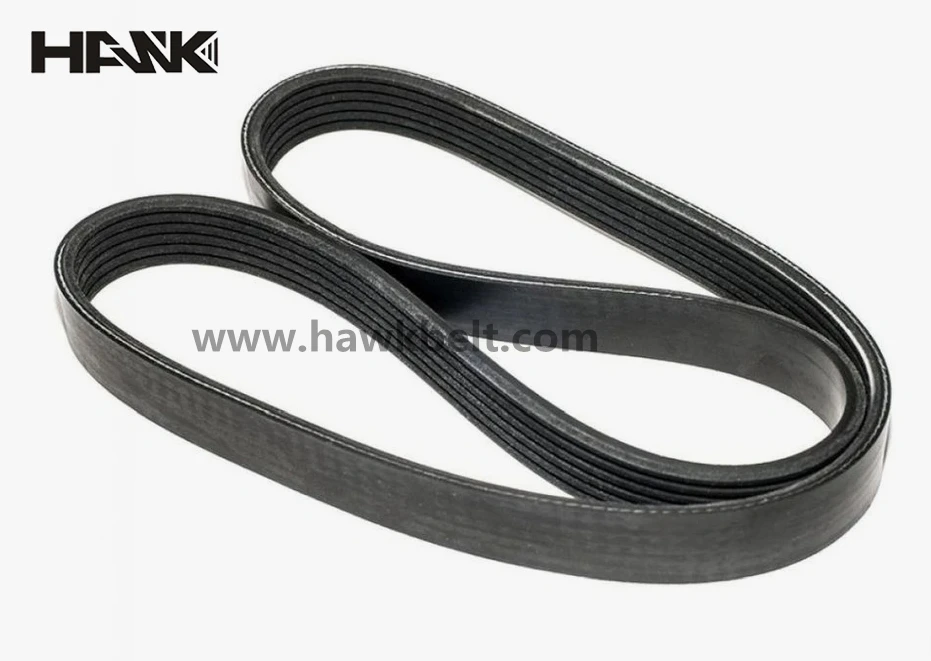- Arabic
- French
- Russian
- Spanish
- Portuguese
- Turkish
- Armenian
- English
- Albanian
- Amharic
- Azerbaijani
- Basque
- Belarusian
- Bengali
- Bosnian
- Bulgarian
- Catalan
- Cebuano
- Corsican
- Croatian
- Czech
- Danish
- Dutch
- Afrikaans
- Esperanto
- Estonian
- Finnish
- Frisian
- Galician
- Georgian
- German
- Greek
- Gujarati
- Haitian Creole
- hausa
- hawaiian
- Hebrew
- Hindi
- Miao
- Hungarian
- Icelandic
- igbo
- Indonesian
- irish
- Italian
- Japanese
- Javanese
- Kannada
- kazakh
- Khmer
- Rwandese
- Korean
- Kurdish
- Kyrgyz
- Lao
- Latin
- Latvian
- Lithuanian
- Luxembourgish
- Macedonian
- Malgashi
- Malay
- Malayalam
- Maltese
- Maori
- Marathi
- Mongolian
- Myanmar
- Nepali
- Norwegian
- Norwegian
- Occitan
- Pashto
- Persian
- Polish
- Punjabi
- Romanian
- Samoan
- Scottish Gaelic
- Serbian
- Sesotho
- Shona
- Sindhi
- Sinhala
- Slovak
- Slovenian
- Somali
- Sundanese
- Swahili
- Swedish
- Tagalog
- Tajik
- Tamil
- Tatar
- Telugu
- Thai
- Turkmen
- Ukrainian
- Urdu
- Uighur
- Uzbek
- Vietnamese
- Welsh
- Bantu
- Yiddish
- Yoruba
- Zulu
Гру . 10, 2024 00:26 Back to list
Rubber Belt Production Equipment for Efficient Manufacturing Processes
The Evolution of Rubber Belts Making Machines
Rubber belts have revolutionized various industries, serving as crucial components in machinery that require efficient power transmission. The manufacturing of rubber belts has evolved significantly over the years, thanks to technological advancements that have introduced specialized machines designed for their production. This article explores the process of rubber belt manufacturing, the types of machines involved, and the importance of innovation in this sector.
The Manufacturing Process
The production of rubber belts typically begins with the selection of high-quality raw materials. These materials usually include rubber compounds, fabric reinforcements, and additives that enhance the belts’ durability and performance. The initial step involves mixing these compounds in a large mixer to create a homogenous mixture, a crucial stage that impacts the quality of the final product.
Once the rubber mixture is ready, it is processed using a series of machines designed for shaping and cutting. These machines include calendering machines, which flatten the rubber mixture into sheets, and extruders, which form rubber into specific shapes. The standard procedure often includes the reinforcement of the belts with fabrics such as polyester or nylon, which provide additional strength and durability. After the initial shaping, the belts are then cut to size, ready for the curing process.
Curing Process
Curing, or vulcanization, is a critical step in the rubber belt manufacturing process. This process involves heating the shaped rubber under pressure, causing chemical reactions that enhance elasticity and strength. Curing machines utilize controlled temperatures and pressure to ensure that the rubber belts reach their optimal performance characteristics. The impact of this process is profound; properly cured rubber belts demonstrate improved resistance to wear, heat, and various environmental factors.
Types of Machines Used
The production of rubber belts relies on a combination of machines, each playing a unique role in the manufacturing process
. Some of the primary machines include1. Mixing Machines These are essential for thoroughly blending rubber compounds before they are shaped. Advanced mixers are equipped with temperature control to prevent overheating of the rubber.
rubber belts making machine

2. Calendering Machines Used to create uniform sheets of rubber, these machines ensure that the right thickness is achieved for different types of belts.
3. Extruders These machines are pivotal in forming rubber into specific profiles and are vital for manufacturing specialty belts tailored for specific applications.
4. Curing Presses The heart of the vulcanization process, these presses are designed to apply both heat and pressure, facilitating a uniform curing process.
5. Monitoring and Quality Control Equipment Modern rubber belt manufacturing emphasizes quality assurance. Various sensors and monitoring systems are employed to ensure that the belts meet industry standards.
The Importance of Innovation
Innovation in rubber belts making machines has been a driving force behind the improvements in production efficiency and product quality. Automation and robotics have streamlined many manufacturing processes, resulting in faster production times and reduced labor costs. Additionally, advancements in materials science have led to the development of new rubber compounds that enhance the performance characteristics of the belts.
Moreover, the increasing demand for eco-friendly products has influenced manufacturers to consider sustainable practices in production. The integration of recycling methods and the use of biodegradable materials are steps toward making rubber belt manufacturing more environmentally friendly.
Conclusion
The journey of rubber belts making machines reflects a blend of tradition and innovation. As industries continue to evolve, the demand for high-quality rubber belts will persist, driving further advancements in manufacturing technologies. From mixing to curing, each stage of production signifies a commitment to excellence and a desire to meet the challenges of modern-day applications. Ultimately, the evolution of these machines not only enhances productivity but also contributes to the sustainability of the manufacturing sector at large.
-
Korean Auto Parts Timing Belt 24312-37500 For Hyundai/Kia
NewsMar.07,2025
-
7PK2300 90916-T2024 RIBBED BELT POLY V BELT PK BELT
NewsMar.07,2025
-
Chinese Auto Belt Factory 310-2M-22 For BMW/Mercedes-Benz
NewsMar.07,2025
-
Chinese Auto Belt Factory 310-2M-22 For BMW/Mercedes-Benz
NewsMar.07,2025
-
90916-02660 PK Belt 6PK1680 For Toyota
NewsMar.07,2025
-
drive belt serpentine belt
NewsMar.07,2025

